12 Pink Vegetables You Must Try!
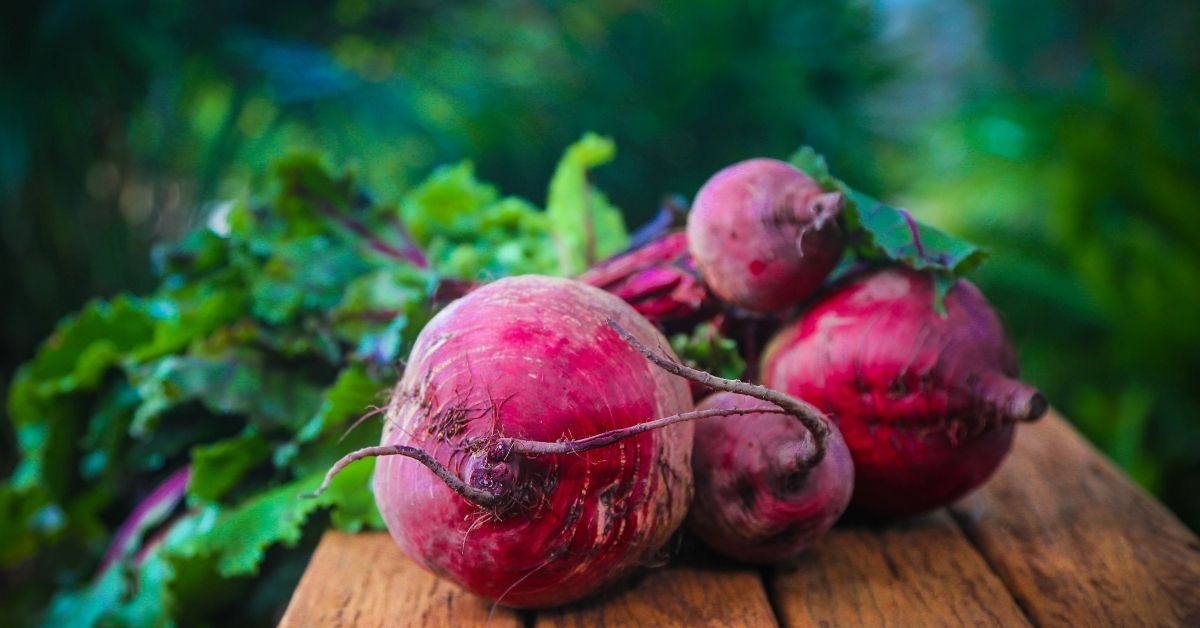
Pink may not be the first color you usually associate with vegetables. But you will find several products around the world that are both visually striking and nutritionally loaded. And many of them are readily available at groceries. So, what are some bright, pink vegetables you should look to add to your diet?
Raddish, beetroot, banana squash, chard are some of the more commonplace pink vegetables. You can find pink radicchio, ornamental cabbage, and pink oyster mushrooms for a more exotic choice.
Vegetables should not be the boring part of a dish, not when adding these brightly colored products. So, let’s take a closer look at some pink vegetables and explore their many qualities.
List of Pink Vegetables
Rhubarb
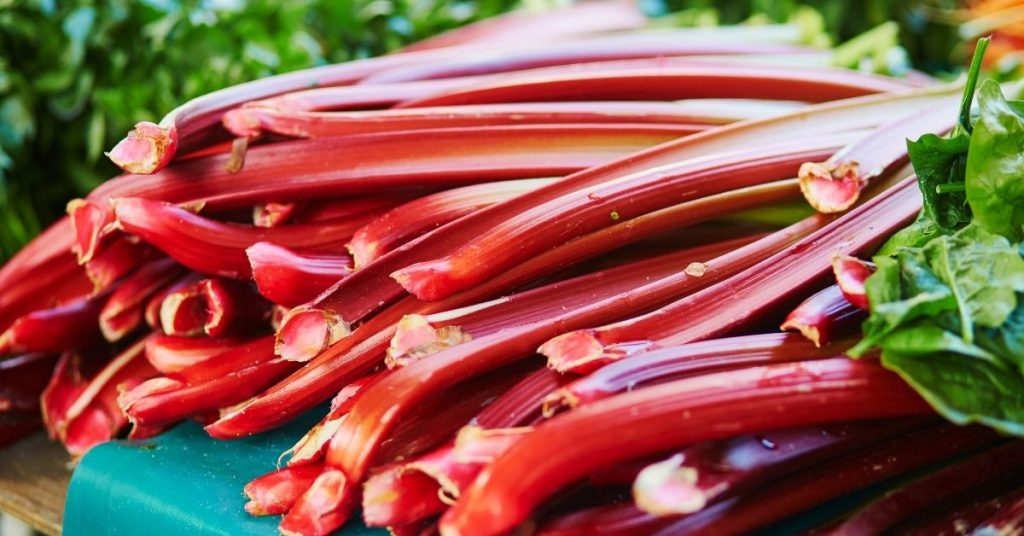
Rhubarb was traditionally used as a medicinal plant in its native land of China. Since then, this bright pink or ruby-red plant with large green leaves has seen widespread use in the culinary world. From pies to jam, rhubarb adds a dose of tart and color to a dish. They can counteract the sweetness in any dish to give a more balanced flavor.
The brightly colored stems are the edible parts of a rhubarb as the leaves are poisonous. These stems are a great source of antioxidants and vitamin K, among other nutrients. [1]
Beets

The taproot portion of the beet plant is called beets in North America, which is also known as beetroot in some regions. It has other names like red beet, table beet, garden beet, dinner beet, or golden beet.
This pink vegetable is firm in texture, succulent, and rich in minerals and nutrients. It helps to reduce blood pressure for hypersensitive people. [2] It is also good for the digestion system if consumed raw as salad.
Radish
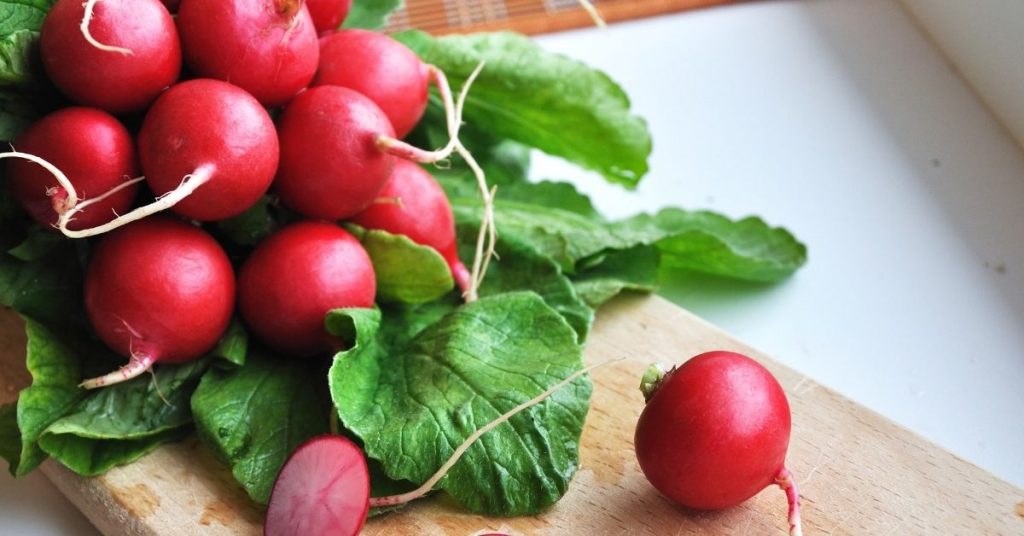
Radish is consumed throughout the world and mostly in Asia as a salad vegetable. It varies in color and size. The pink version of radish is light-skinned pink. The color mostly depends on when it is cultivated. Its pungent smell is a good companion plant for other crops.
Raw radish is mostly water, containing 95% of it, 3% carbohydrates, and 1% protein. It is rich in antioxidants and minerals. It helps to reduce heart disease and lower high blood pressure. [3]
Pink Radicchio
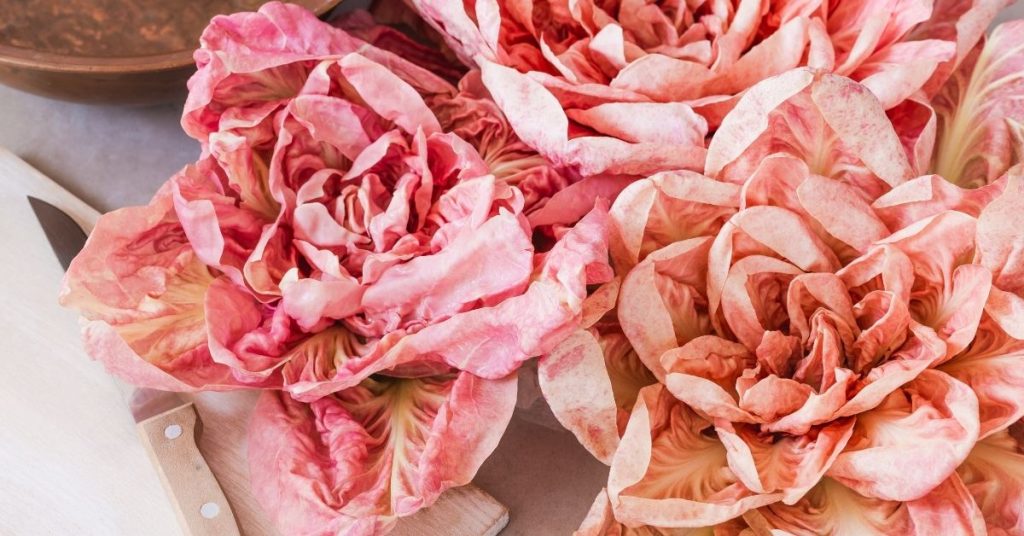
Pink radicchio is called La Rosa del Vento in Italy, where it originates. It looks like pink-hued lettuce. It is more mild and soft than traditional lettuce, with a hint of sweetness and sharp flavor.
Pink radicchio is a great source of folate, vital for the body’s cell development. It is also rich in vitamin E and K. Vitamin E boosts the immune system, and vitamin K is good for bone wellness. [4]
Rainbow Carrots
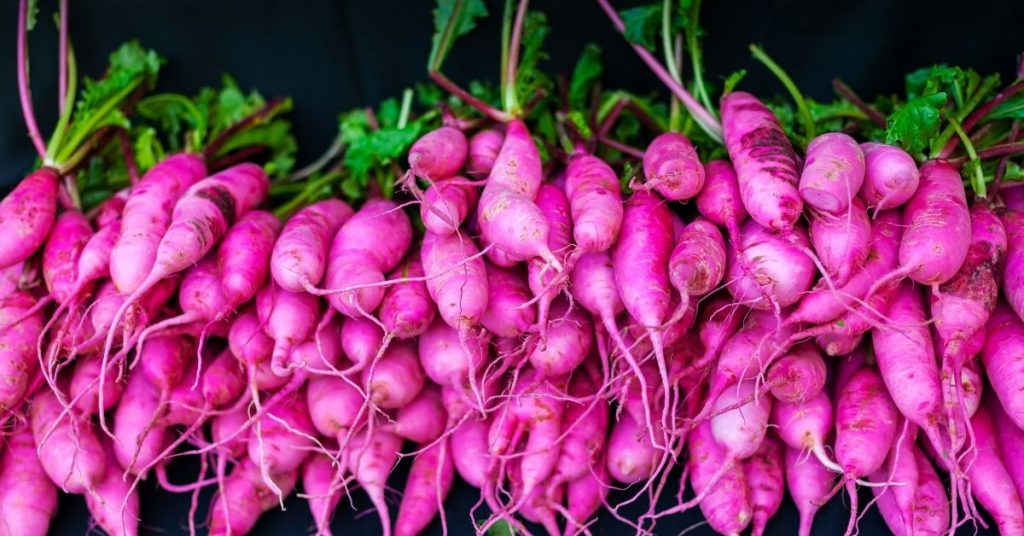
Rainbow carrots have a similar flavor and texture to the classic orange carrot. It is considered to be a novelty vegetable in the United States. The use of rainbow carrots is also the same as an orange carrot.
Their color is different because they contain different pigments. The color also depends on how and when the seed is planted. Carrot is rich in vitamin K and B6, and carbohydrates. It helps to keep out bones strong and sugar levels under control. [5]
Heirloom Tomatoes
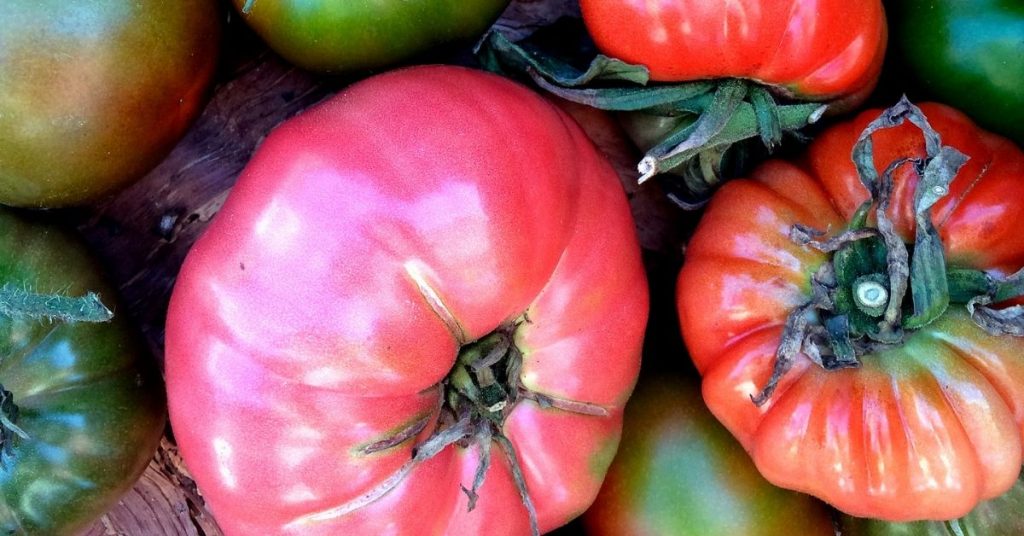
Heirloom tomatoes are like rainbow carrots that come in different color variations. One of them is a pink-hued tomato. These tomatoes taste different from traditional hybrid tomatoes.
These tomatoes are like fruits and rich in vitamin C and potassium. They also contain a carotenoid called lycopene, which helps prevent almost all sorts of cancer. [6]
Banana Squash
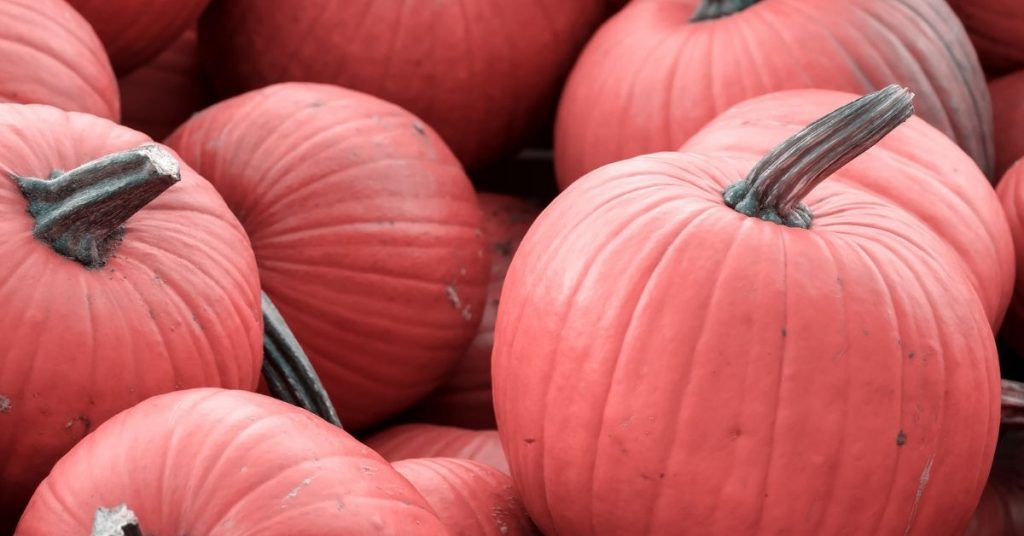
Pink banana squash is also called Mexican banana or Cucurbita maxima (scientific name). It is consumed as a vegetable after being cooked. Its interior is meaty and orange in color.
Banana squash is rich in vitamin C, B6, and beta-carotene. They are also good for a healthy diet if you want to reduce your weight because they are low in calories. [7]
Chard
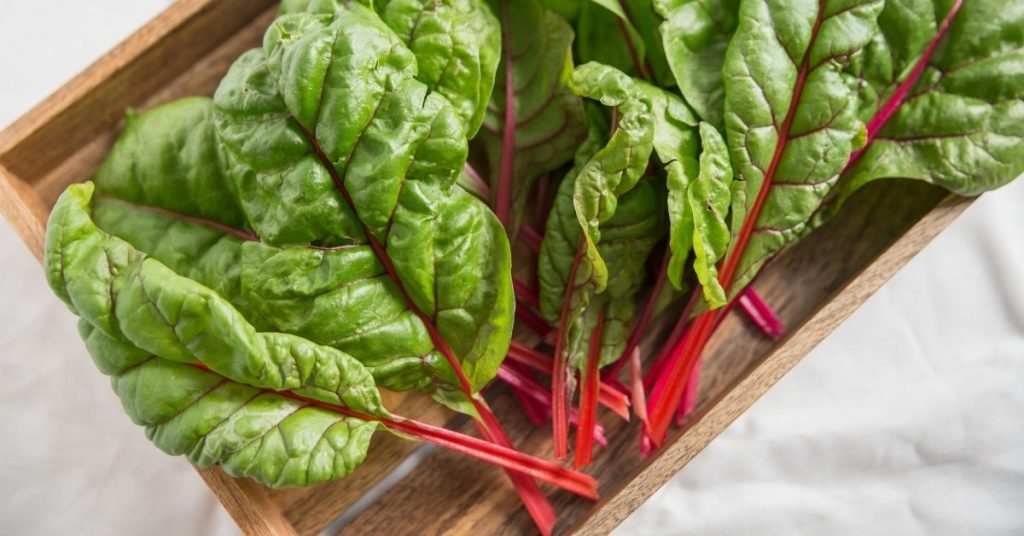
Chard is a leafy vegetable which is also known as swiss chard. The leaf of the chard is green, but the stalk is pink. The stalk is also consumed as a vegetable. It is the same species of beetroot, which is why the taste is similar.
Chard is used for a healthy diet as it has green leaves that are low in carbohydrates. It has a rich content of vitamins A, K, and C. [8]
Ornamental Cabbage
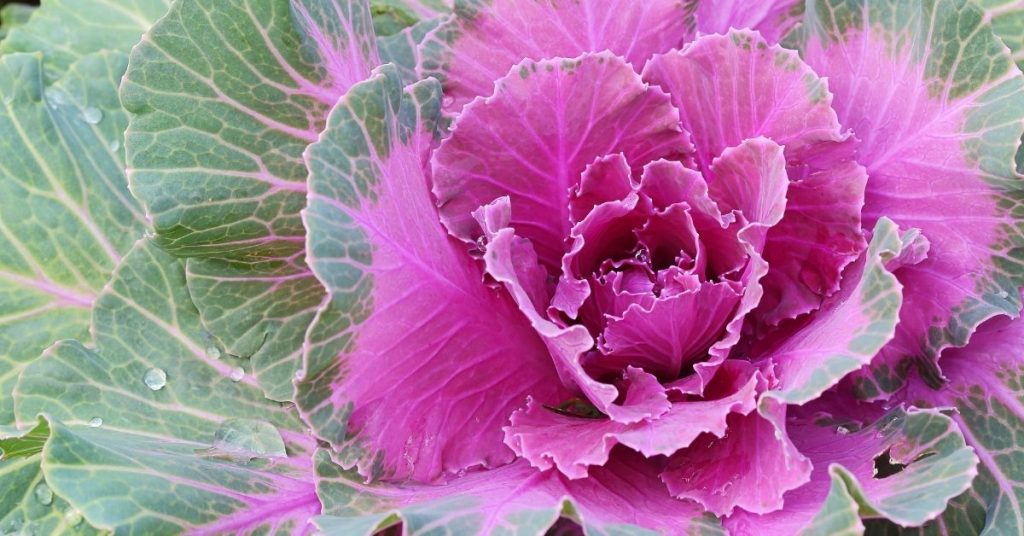
Ornamental cabbage is also known as kale or flowering cabbage. It has a slight pink hue in the middle. People use this plant for decorating their gardens or garnishing dishes or can be used as an edible vegetable. It is rich in vitamin A and C, and antioxidants that protects us from various diseases. [9]
Pink Oyster Mushroom
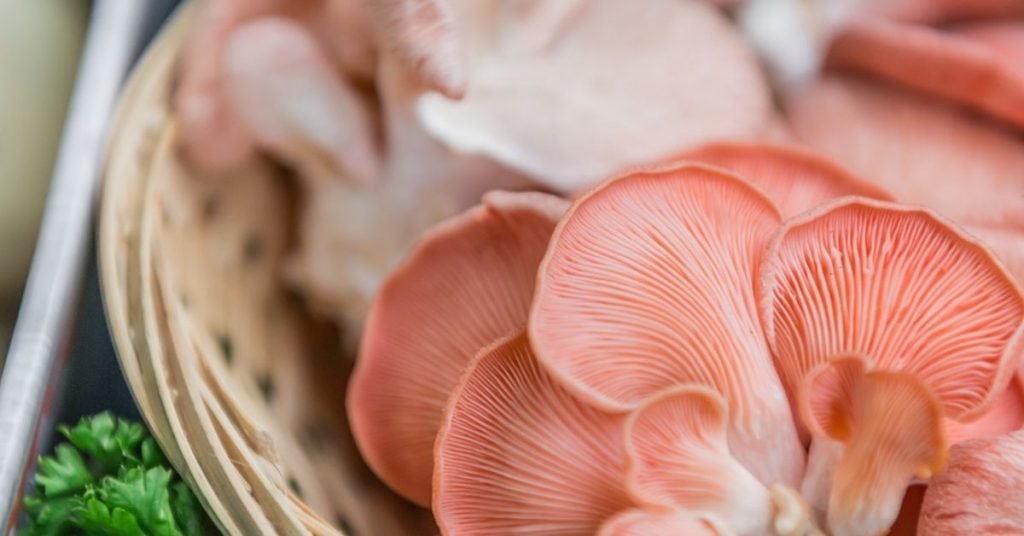
Pink oyster mushroom is a species of fungus, and the binomial name is Pleurotus djamor. It has a vibrant pink color. As their shelf life is short, finding them in the local market is hard. Vegetarians can use this mushroom as a substitute for meat because of its meaty and chewy texture.
Pink oyster mushroom is rich in dietary fiber, which helps to reduce cholesterol in the liver. It also reduces the risk of cancer. [10]
Highland Burgundy Potato
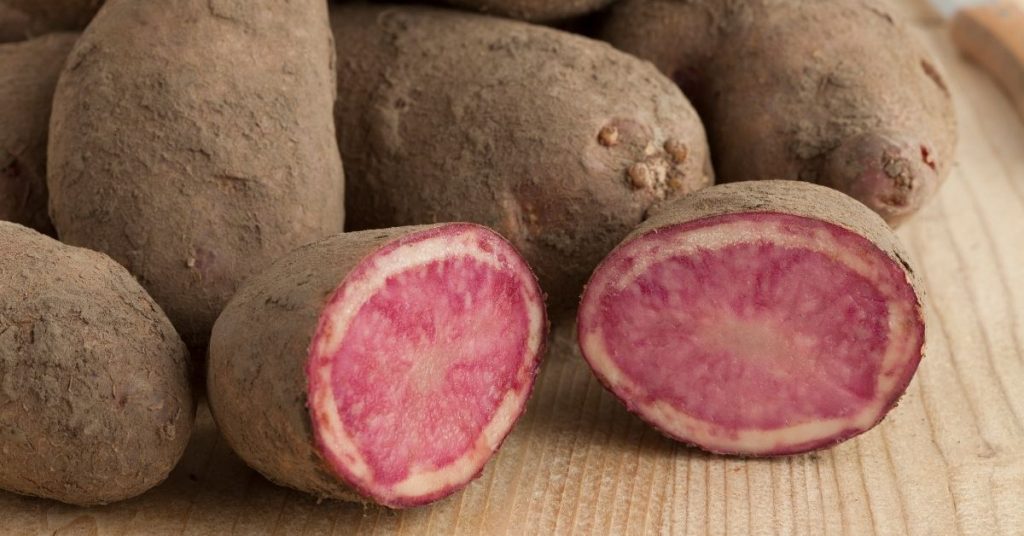
Highland burgundy potato looks like a traditional potato from the outside, but the meat inside is marbled pink. When it is cooked, it gives an earthy and slightly sweet flavor.
As it has a pink hue on its flesh, it is rich in anthocyanin and antioxidants. It is also a good source of vitamin C. [11]
Red Carrots
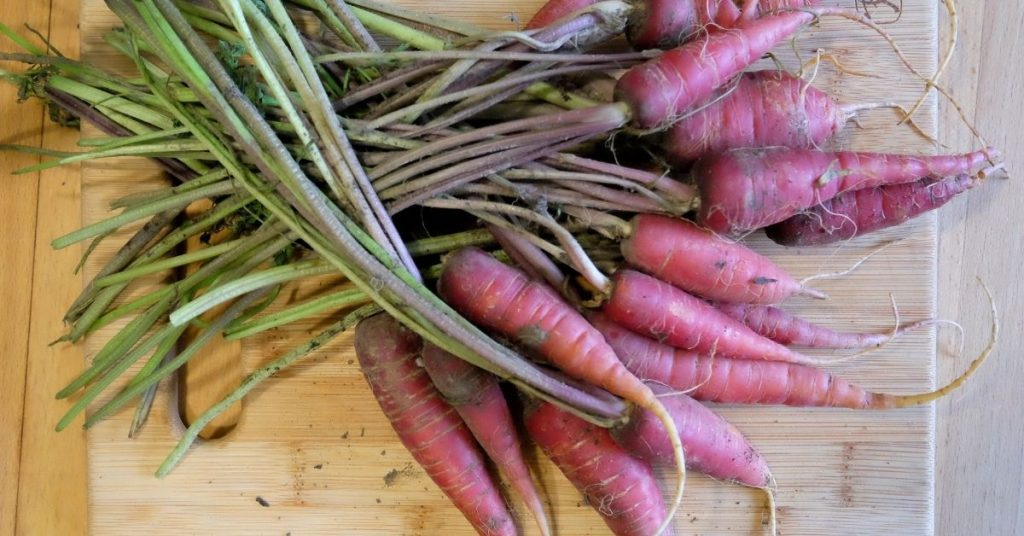
While carrots are synonymous with the classic orange color, red carrots have been a thing for a substantial time. They have a reddish-pink or burnt orange appearance on the outside. But the inside tastes pretty similar to regular orange carrots. This deviating color results from lycopene, and red carrots have this substance more abundantly than other varieties.
What Makes Vegetables Pink?
Fruits and vegetables derive their hue from certain pigments, which are colored particles responsible for brightening up nature. In the case of pink fruits and vegetables, two pigments play a major role – lycopene, and anthocyanins.
These color-inducing elements or phytochemicals are found naturally in strawberries, raspberries, beets, and radishes. However, in contrast to artificial color, these organic chemicals have properties that can benefit human health. For example, these two pigments have proven to have potent antioxidant effects, which can help fight against cancer and heart disease.
Are Pink Vegetables Safe to Eat?
Pink vegetables are pink due to the same natural substance responsible for the color of tomatoes and raspberries. So, their color should not discourage you from trying them. Rather they should entice you as those chemicals responsible for their color can also benefit your health.
Now, some pink vegetables are suitable for eating raw. And some vegetables are only partially edible. For instance, the leaves on a rhubarb are potentially poisonous as they contain a high oxalic acid level. So, it would be best if you only ate the pink stems of the plant, not the whole thing.
Also, many pink vegetables can have a very bitter taste, which you should keep in mind when incorporating them into a dish. You may need to add sugar or a sweet ingredient to balance the bitterness.
Which Vegetable Is Green And Pink?
Watermelon radish is the first pink and green colored vegetable that comes to mind. Like its name, it has a similar appearance to watermelon but no taste. It has a hint of green color on the outside and hot pink on the inside.
Watermelon radish is also called Red Meat or Rose Heart Radish in the United States. This root vegetable is called Xin Li Mei in China, where it originated from.
Watermelon radishes are slightly sweet and have a hint of pepper-like flavor. Its flesh is crispy, succulent, and firm.
Watermelon radish is a great source of phytochemicals and antioxidants for its colorful nature. It will be a good option to boost your vitamins and minerals intake in your everyday food. It contains a reasonable amount of vitamin A and C, calcium, potassium, phosphorus, magnesium, and calories.
What Vegetables Make Pink Dye for Clothes?
Plants are a good source of organic color when dyeing clothes and fabrics. Rhubarb and especially beet can make for an excellent, natural pink dye. The art of making dye for clothes using these vegetables is a long-standing tradition.
The process of making dye clothes is also simple. You just need to extract the color from the plant.
First, you need to pour the dye color on a wide-openness and dunk the clothes on it. After that, leave the fabric for a few hours to swim freely on the dye. When the fabric soaks enough color you want, rinse it with cold water and get your desired colored clothes. Some vegetables have the potential to give you a natural pink color for your clothes.
Which Pink Fruits Are There?
You can find many pink fruits on mother earth. As pink is a lovable color, they are appealing to most people. Many of the pink fruits also taste fabulous. They are dragon fruit, figs, raspberries, pink lady apples, pink grapefruit, strawberries, lychees, guava, pomegranate, lilly pilly berry, etc.
To conclude, this world is full of color and vibrancy, thanks in no small part to these eye-catching plants and leaves. And you can channel that same color and vibrancy into your dish by adding these vegetables.
